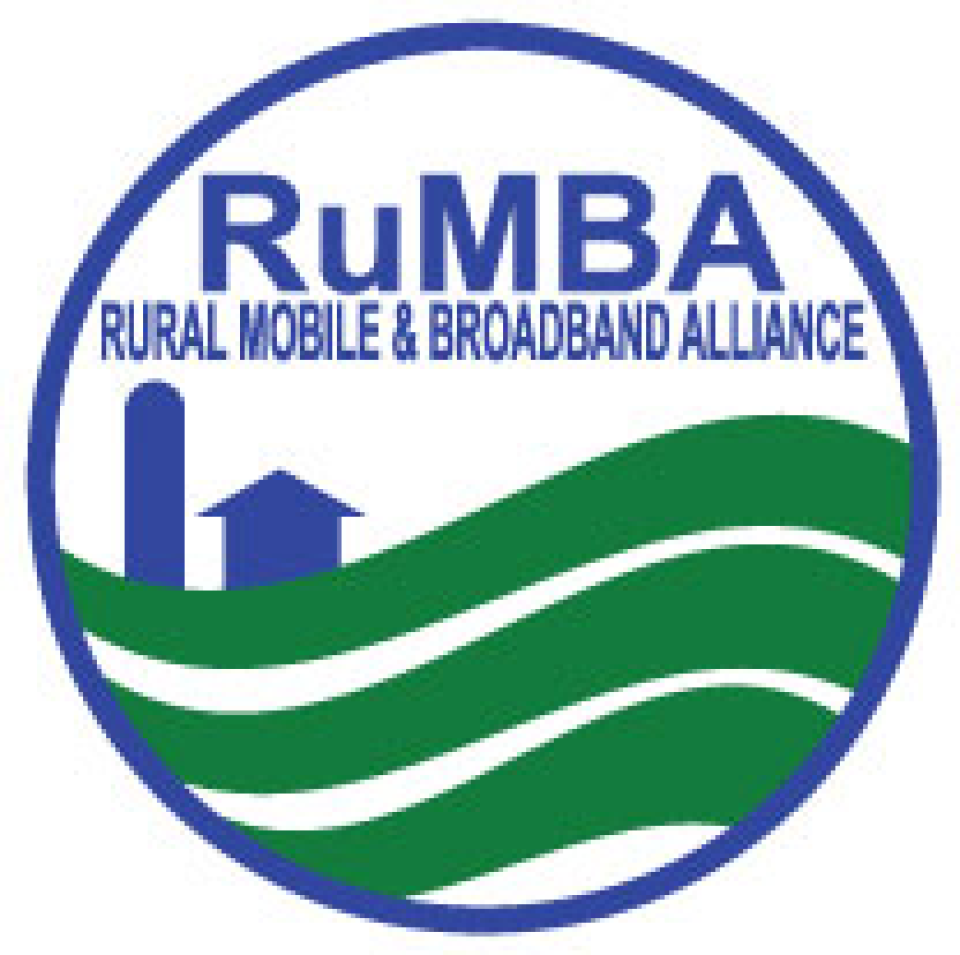Date
Image

We are very fortunate that Stephen Cobb has taken the time to fully explain the realities behind satellite connections in Satellite Internet Connection for Rural Broadband: Is it a viable alternative to wired and wireless connectivity for America's rural communities? The answer is no.
The technical problems (e.g. latency) inherent in a satellite connection to the Internet should disqualify it from being called "broadband." Satellite connections do not allow users to take full advantage of modern Internet applications, which is a common sense definition of the term broadband.
Download the 2 MB version or the print quality 3.3 MB version (both are PDFs).
RuMBA is the Rural Mobile & Broadband Alliance that was inspired by Louisa Handem, who does Rural America Radio. RuMBA published this white paper.
irst of all, it isn't broadband (unless one uses the absurd definition occasionally pushed by big companies like AT&T that broadband is simply an always-on connection faster than dial-up).
At the federal government site broadband.gov, run by the FCC, you can see Satellite listed as a type of broadband, despite the fact that the two main providers of such service avoid using the word "broadband" when they are pitching their service. So why include satellite alongside DSL, cable, wireless, and fiber? The answer may lie in pro-satellite lobbying. The logic for such lobbying is simple: If it can be said that satellite is a broadband option for rural communities, as listed by the FCC, then terrestrial telcos can argue there is no compelling need to provide those communities with alternatives.Satellite is not a "broadband option" because it does not offer broadband in any meaningful way. Even if it did, it is absurdly expensive for what it does offer:
The HughesNet ProPlus satellite Internet service plan costs $80 per month and comes with a usage cap of 425 megabytes per day. The headline performance of this plan is a download speed of 1.6 Mbps (megabits per second or 1,600 Kbps) and an upload speed of 200 Kbps, however, there is no guarantee that users will ever experience these speeds. Indeed, based on customer reports and field testing by the author, such speeds are seldom experienced in practice.The result is something I have said previously and Stephen Cobb reiterated -- no one uses satellite access to the Internet when they have another option (DSL, cable, etc.). The high latency of satellites is magnified for encrypted connection due to the extra "handshakes" needed to create that connection securely between the endpoints. It makes VPN and online banking tedious when possible at all.
In practical terms this means a typical Internet activity like logging into a bank account can take five or six times longer via SIC than with a typical cable, DSL, or wireless connection. This is because the process of securing an Internet connection for banking requires multiple rounds of question and response to create an encrypted link. Although the total amount of data sent and received during this “secure handshake” is quite small, the multiple round trips into space slow the process down by a factor that can be 5X or more. This same factor can also impact the performance of Internet-based workfrom-home technology like Virtual Private Networking (VPN) and popular applications like Google Apps and SalesForce that operate as Software as a Service or SaaS.

